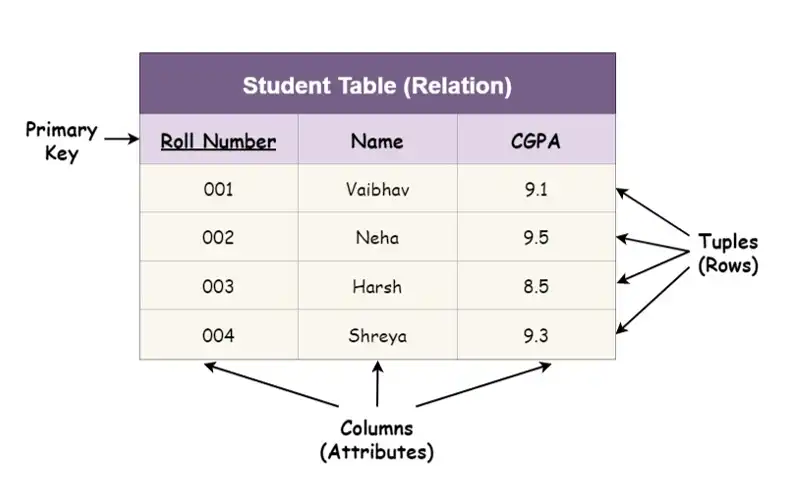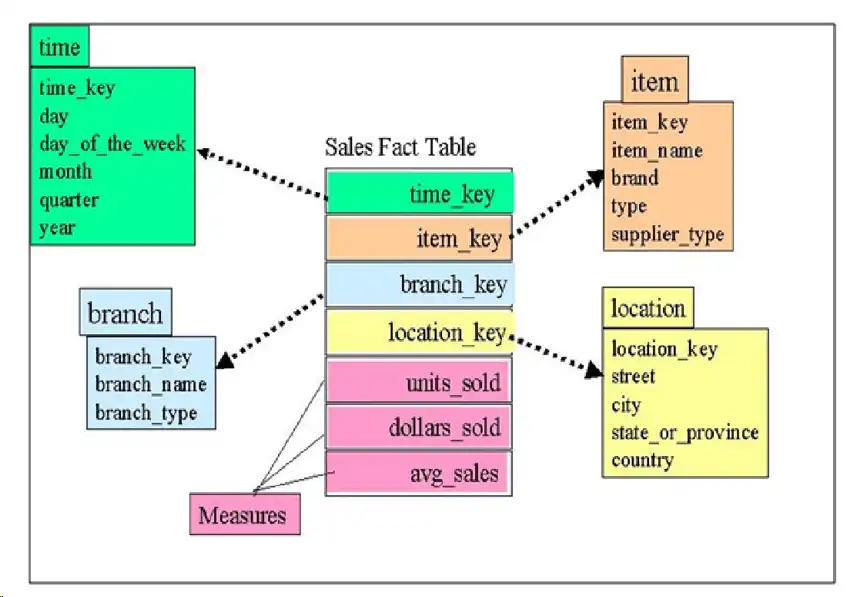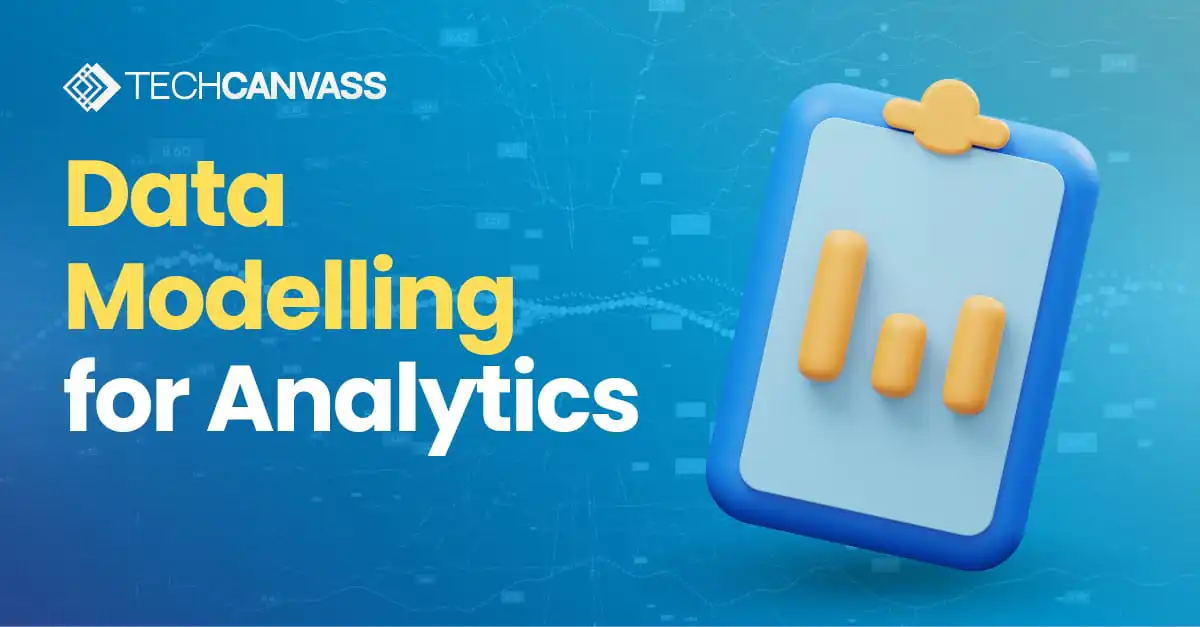Data can be chaotic, often causing major headaches for data analysts. It is not enough to accumulate vast amounts of data. Data Analysts have to structure and organize data to actually drive decision-making in a business and provide a competitive edge. And therefore, to figure all this out, data analysts typically use a process known as data modeling. It forms the crucial foundation for turning raw data into actionable insights. Data modeling designs optimal data structures and relationships for storage, access, integrity, and analytics. With data modeling, you can:
- Dive deep into your data
- Design and manage complex database systems
- Keep all stakeholders aligned – from data analysts to software designers and engineers
Sounds pretty great, right? But what exactly does data modeling involve? Why is it important? In this introductory article, we’ll answer all your questions, including:
- What is data modeling?
- What is the purpose of data modeling?
- How data modeling concepts impact analytics?
- What is the process for Data Modelling?
- What are the different Data Modelling tools?
Learn other data analyst skills in our TechCanvass’s Data Analytics course.
What is Data Modeling?
Data modeling is the process of mapping how data moves from one form or component to another, either within a single database or a data management system. It is a fundamental design task that should occur before any database, software program, app, algorithm, or other data structure is created. By using text, symbols, and diagrams, data analysts create visual representations of data as it’s captured, stored, and used within a business.
Purpose of Data Modeling
The primary objective of data modeling is to expose only the data that holds value for the end user. While it forms the foundation of effective data structures, it also provides useful insights. For example, it helps quickly identify where data is missing or incorrect. Acting as a common language, data modeling promotes efficient stakeholder communication. It involves understanding how different stakeholders will use data, what kinds of reports they’ll need, and directs the best database architecture for effective data storage and retrieval through visual representation.
How Data Modeling Concepts Impact Analytics
Data modeling, data science, and data analytics are interconnected. A quality data model is essential for impactful data analytics, which in turn supports effective business intelligence and informed decision-making. Creating a data model forces each business unit to consider how they contribute to overall organizational goals. A solid data model ensures optimized analytics performance, regardless of the size and complexity of the data estate. For Data Analytics, Data Modeling is the architectural backbone! Data Modelling makes analysis easier by creating a framework for how data will be stored, accessed, and managed. This further ensures Data integrity which is a core objective of data modeling. Organizations can rely on the data for analytics and decision-making only when data integrity is upheld.
Further, time required for a sql query to execute is crucial, as slow queries can hinder the analytics process. Data modeling plays a pivotal role in optimizing query execution. Additionally, compliance with legal regulations and ensuring data security are increasingly important. Data models can assist in both these areas. With clearly defined data, analyzing the exact information you need becomes much simpler. By establishing relationships between data attributes within your data model, it becomes easier to analyze and understand the impacts of changes in processes, costs, or staffing.
Process for Data Modeling
- Identifying Data Sources: The first step is to identify all possible sources of data that can be both internal or external to the company. This is an important step that defines data sources before we start creating a data model.
- Defining Entities and Attributes: Here you have to determine what are the entities (items or concepts) and their attributes respectively. Entities are the main topics or items in your data, while attributes describe the specific details or features of each item
- Mapping Relationships: Relationships illustrate the connections or associations between different entities. Understanding these relationships is crucial to capture the interdependencies within the data. It enhances the accuracy of the model by reflecting real-world connections between data elements.
- Choosing a Model Type: The appropriate data model type is selected based on the project requirements and data characteristics. This decision may involve choosing between conceptual, logical, or physical models, or opting for a specific model like relational or object-oriented.
- Implementation: The implementation process converts a physical or logical data model into a database schema. This involves creating tables, establishing constraints, and adding database-specific details.
Examples of Data Modeling
- Relational Model: Think of this as organizing your data into neat little tables. Each table has unique columns and rows, kind of like a spreadsheet. But here’s the cool part – relational models use “keys,” which are like unique ID tags for each record in your database. It’s like giving each piece of data its own special name tag!

- Dimensional Model: This model organizes data into two main categories: ‘dimensions’ and ‘measures’. – Dimensions are the qualitative stuff – things like dates, addresses, or geographical data. They assist you in separating and dividing your data in different ways. Measures are the numbers you can actually count or measure.

- Entity Relationship Model: An entity relationship model (ER model) is a relationship model that helps explain how various objects or entities are related in a domain. It’s like a map showing the relationships between various parts of your data.

Data Modelling tools
While data modeling is an inescapably hands-on task, it has become much easier as more accessible data modeling tools have been introduced. These tools are often provided by DBMS providers and are typically designed to support their specific systems.
However, most data modeling tools follow the same general principles. Namely, a good tool simplifies database design, considers your business rules, and minimizes the risk of unnecessary mistakes.
Some common data modeling tools include:
- erwin Data Modeler
- Microsoft Visio
- ER/Studio
- SQL Database Modeler
- DbSchema
- IBM Infosphere Data Architect
- Hackolade
Conclusion
In this article, we covered some basic points on data modeling to help you just get started. In conclusion, Data modelling is a key part of data analysis. Data modeling does more than just makes a database work but it ensures that it works in a way that develops correctly for your business. After you have a working model, start thinking about database design and how are you going to implement it. This produces an effective, scalable database that should cover most of your organizations needs for many years. As we’ve shown, data modeling is a valuable skill with broad applications. To learn more about a potential career in data analytics, why not try this Data Analytics Course from Techcanvass? Who knows? You might just become the next data modeling superstar!


